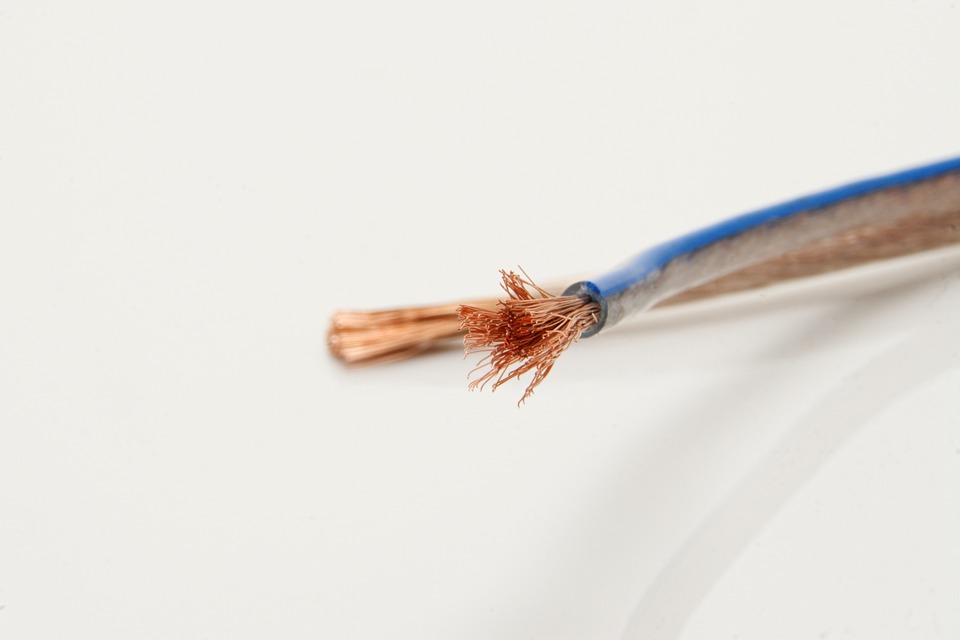'Best sound quality' is very subjective, so I'd be wary of making absolute predictions. What we can say is that the larger cross-sectional diameter of the 2.5mm KD cable will lose less of the power going to your speakers. That means the amp doesn't need to run as hard and so it's less likely to distort.
Before I continue, I'll tell you now that I've got Chord speaker cable in my own system, so before anyone assumes what's coming next is just me knocking it to fit in with the naysayers, then I hope you'll see that it isn't.
What concerns me about boutique brands is when we get retailers spouting this kind of stuff
- oxygen free - no copper cable is truly oxygen free, but all copper cables - even the stuff for your house electrical wiring - can be considered oxygen free. To put it into perspective, imagine a horse race with a photo finish. The amount of difference between OFC and ordinary copper would be like the OFC horse winning by 1cm
- twisted to reduce interference - pure B.S. This is speaker cable, not line level interconnect between devices with balanced connections. Twisting bits of wire in the hope of imbuing them with some mysterious noise cancelling properties is the very definition of Hi-Fi twa-ttery
- XLPE insulation - do you know what its true purpose is? It's to make cables more resistant to heat and so they don't help spread a fire
- to reduce mechanical noise - if you've got something near your Hi-Fi or AV system that generates enough physical vibration that it affects the way electrons flow through a bit of copper wire then you've got bigger problems, trust me
- less susceptible to sources of interference such as near-by mains cables or transformers - No. Just no. For a start, mains cables and transformers do radiate EMI (electromechanical interference). It's the same principle as used by contactless induction chargers and TV aerials. However, the level of interference generated pales in comparison to the size of the current running through a speaker cable
@NickK is probably being a little harsh when he describes QED Micro as bell wire. At a 1.25mm cross-sectional area it's a bit thicker than the average bell wire, but it's not a magic cable either.
The B.S. starts with QED's description of it as featuring "
advanced materials to enable top quality sound". It's copper and polyethylene. Hardly state-of-the-art in materials science. Then there's the claim from RS - "
Improve your speaker installation’s sound, with the QED Micro" - Speaker cable doesn't
improve anything. The best any speaker wire can do is get out of the way of the signal. If a speaker cable improves anything, then the stuff that was in place before was worse.
As speaker cable prices go, £2.00~£2.50 per metre is hardly break-the-bank territory unless you need miles of it. There's a case to be made then for slim cables of adequate cross-sectional area for surrounds. Unless you're in the habit of playing music in all-channel-surround mode or you're running full-range audio to floorstander surround speakers, then chances are that those side/rear speakers are paired with a sub doing most of the low frequency work. The speakers themselves won't be pulling a lot of power unless they're really low sensitivity. Anything at 85~86dB/W/m or above can be classed as acceptable. If something like the QED Micro is the compromise required to get side/rear surrounds running, and you don't need much more than 10m runs, then I think it's a reasonable solution. Where there's no such size restriction then go bigger. You'll never have to worry that the cable is a bottleneck to performance.
If you plan to reply then please don't use those dark fonts. This is what your previous posts looked like to a lot of us here:







